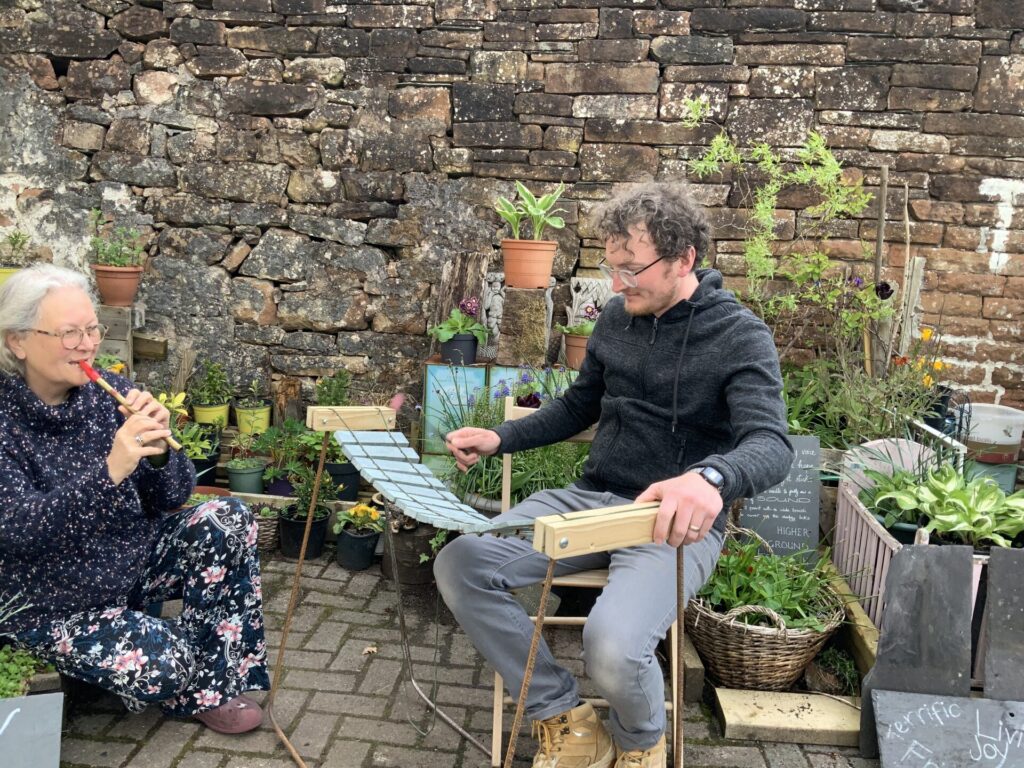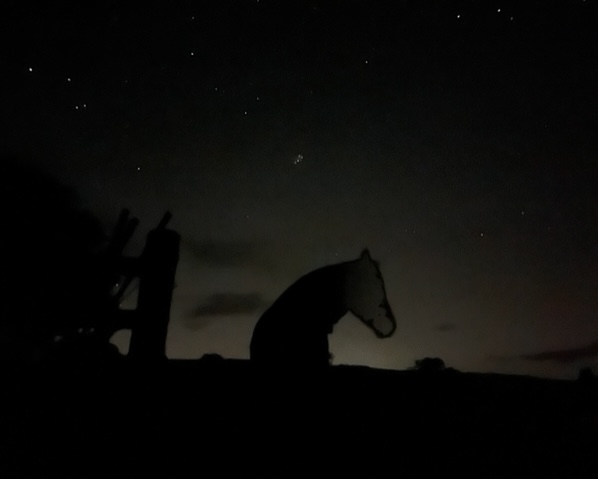What we do
The history of hay making in the North Pennines
In November 2006, the North Pennines AONB Partnership commissioned a research project into the cultural and land management history of upland hay meadows in the North Pennines AONB.
Hay meadows are well known as a fantastic habitat for wild plants. Less often recognised is the central role their management has played in the lives of generations of farmers in the North Pennines. Our meadows only exist thanks to an annual cycle of traditional management. However, little has been formally documented giving the detail of this management.
In order to address this, the North Pennines AONB Partnership commissioned local heritage interpreter, Neil Diment, to research the historical management of upland hay meadows in the North Pennines with specific reference to the twentieth century.
The study comprised a number of elements, full details of which can be downloaded from this page:
- Documentary sources of information
- Interviews with current farmers
- Farm diaries
- Audio records
- Oral histories
In 2011 we brought together the information we had gathered from the interviews with farmers with some fantastic photographs that show hay making in the past to produce a book, ‘No 5 o’clock on our calendars’ – a history of hay making in the North Pennines.
The reference to ‘No five o’clock on our calendars’ comes from one of the conversations that Neil had with Bill Nixon, an agricultural contractor who worked throughout the meadows of Teesdale in the 1950s. While for many office, shop and factory workers ‘5 o’clock’ has become synonymous with ‘going home’ time, for farmers the old adage that ‘you can only make hay while the sun shines’ is still true – there’s no going home at five o’clock! Commenting on the hard work of farming in general and hay time in particular, Bill said: “There was very few farmers finished haytiming after I left school, before 12 August. And we still used to go (grouse) beating even though we weren’t finished here. Of course we were back home five o’clock, round about, and… it was only about that time of the day that normally we started to sweep hay in. There was no five o’clock on our calendars.”
Thanks to all those who helped with the research which culminated in the production of this book, most particularly the farmers who shared their personal recollections with us and Beamish Museum for the use of their equipment and for archiving the oral history recordings.











